Introduction
In the realm of currency, the 100 dollar bill for sale stands as an iconic symbol of wealth and prosperity. Revered by collectors, treasured by individuals, and sought after by enthusiasts, this denomination holds a special place in the world of money. Its intricate design, historical significance. And perceived value have made it a popular choice for those seeking both financial security and aesthetic appeal. In this blog post, we will delve into the fascinating world of the $100 bill, exploring its history, security features, and the allure it holds for collectors and ordinary individuals alike.
I. The Historical Journey of the 100 Dollar bill
The $100 bill has a rich history that dates back to the late 18th century. Initially issued in 1862 during the American Civil War. It served as a convenient means of facilitating large transactions and was widely accepted by banks and businesses. Over the years, the design of the bill has undergone several changes. With notable figures like Benjamin Franklin adorning the front, while historical vignettes grace the reverse side.
Exploring the historical context surrounding the $100 bill’s evolution offers valuable insights into the economic and political developments of the United States. From its origins to its current design, the $100 bill has witnessed the nation’s growth and progress, reflecting the changing times through its unique visual representations.
II. Security Features: The Art of Counterfeit Prevention
One of the most intriguing aspects of the $100 bill lies in its intricate security features. As technology advances, so does the sophistication of counterfeiters. Making it essential for monetary authorities to incorporate cutting-edge security measures into the currency.
From the distinctive blue security ribbon woven into the bill’s fabric to the color-shifting ink on Benjamin Franklin’s collar. Every aspect of the $100 bill has been meticulously crafted to deter counterfeiters. The use of advanced printing techniques, microprinting. And high-resolution graphics ensures that each bill possesses unique features that are difficult to replicate.
In recent years, the introduction of the 3D security ribbon and the Bell in the Inkwell have further enhanced the bill’s anti-counterfeiting capabilities. These features employ interactive elements that make it easier for both businesses. And individuals to verify the authenticity of a New 100 Dollar bill, ensuring the integrity of transactions.
III. The Appeal to Collectors
Beyond its monetary value, the Hundred Dollar bill has captured the imagination of currency collectors worldwide. The allure of rare and unique banknotes, including those with special serial numbers, printing errors, or historical significance, adds a layer of excitement and value to the pursuit of collecting $100 bills.
Collectors are drawn to the $100 bill due to its historical context, design variations. And limited editions. From star notes (replacement notes used to maintain the correct count in a printing run) to fancy serial numbers (patterns or repeated digits), each banknote possesses its own story and charm.
Furthermore, collectors often find joy in preserving and displaying their collections. Creating an opportunity for others to appreciate the artistry and craftsmanship of these bills. Exhibitions, conventions, and online communities provide platforms for enthusiasts to share their knowledge, exchange insights, and engage in friendly competitions to acquire prized specimens.
IV. The $100 Bill in Everyday Life
While collectors and enthusiasts cherish the $100 bill for its historical significance and allure. It also plays a vital role in everyday financial transactions. For many, possessing a $100 bill signifies a sense of financial security and can be a practical means of carrying and exchanging large sums of money.
Moreover, the $100 bill’s acceptance extends beyond the borders of the United States. Its universal recognition makes it a preferred choice for travelers, facilitating transactions in foreign countries where the local currency may



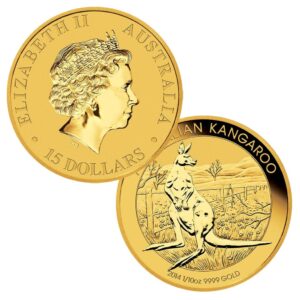
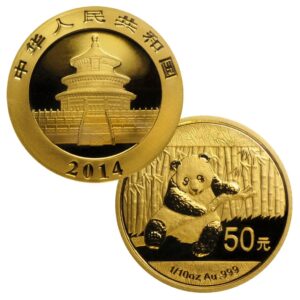
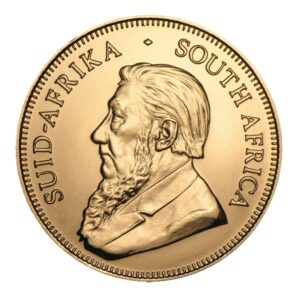
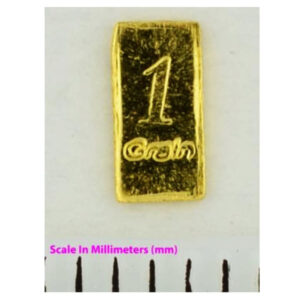
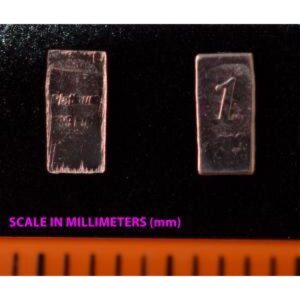
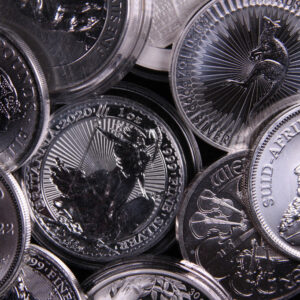
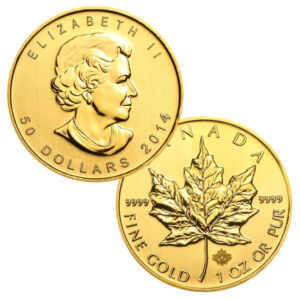
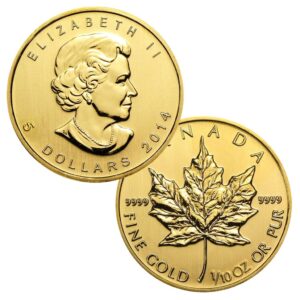
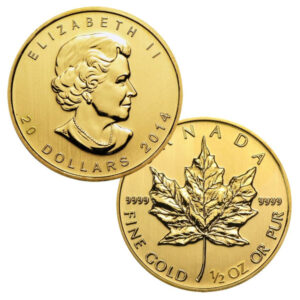

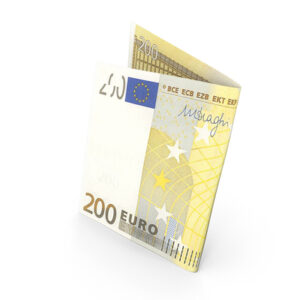



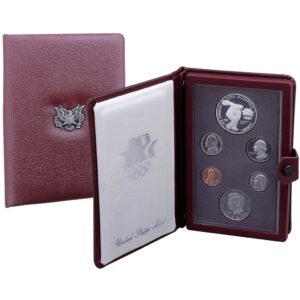
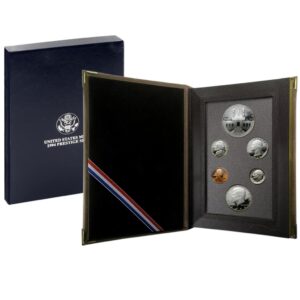
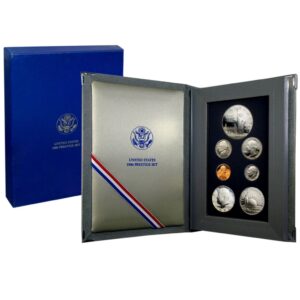
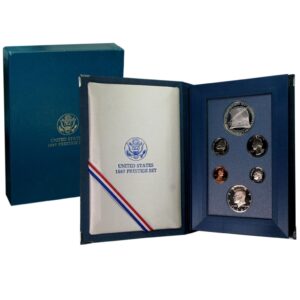
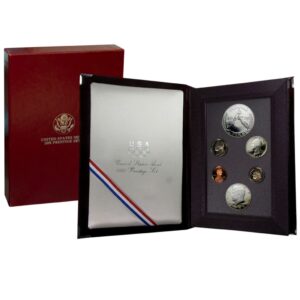
“I bought a batch of real dollar bills, and they are of excellent quality, each featuring a unique serial number.…
I recently purchased a set of real dollar bills, and I couldn't be more impressed. The quality is outstanding—each bill…
“Perfect transaction for Dollar bills. Aaron Walker’s customer service was excellent and made the whole process seamless. 💶👏”
“I’m very impressed with the real dollar bills I received. Each bill is in mint condition and has a unique…
"Fantastic service for Euro bills! Aaron was very professional and ensured my order was processed efficiently. 💶🌟🌟🌟🌟🌟"
"Superb quality Euro bills and outstanding support from Aaron. He was very attentive and resolved my concerns quickly. 💶🌟🌟🌟🌟🌟"
"Great experience with Euro bills. Aaron’s customer service was very responsive and made sure I got the best product. 💶🌟🌟🌟🌟🌟"
"High-quality real dollar bills and excellent customer service from Aaron. His assistance was key to a smooth transaction. 💵🌟🌟🌟🌟🌟"
"Very pleased with the real dollar bills. Aaron’s customer service was outstanding—he made the process effortless and enjoyable. 💵🌟🌟🌟🌟🌟"
"Ordered Euro bills and had a smooth experience. Aaron’s support was incredibly helpful, and the bills were perfect for my…
"Great experience with buying Euro bills. Aaron was very professional and ensured my order was handled efficiently. 💶🌟🌟🌟🌟🌟"
"High-quality real dollar bills and excellent customer service from Aaron. His assistance was key to a smooth transaction. 💵🌟🌟🌟🌟🌟"
"Euro bills were perfect for my project. Aaron provided fantastic customer support and made sure everything went smoothly. 💶🌟🌟🌟🌟🌟"
"Excellent service for Euro bills! Aaron was very helpful and made sure my order was processed quickly and accurately. 💶🌟🌟🌟🌟🌟
"Very satisfied with the real dollar bills I ordered. Aaron’s support was exceptional—quick, friendly, and very helpful. 💵🌟🌟🌟🌟🌟"
"Hi, I’m Laura from Sacramento. Had a smooth experience with buydollarbills.com. Aaron’s customer service was exceptional—he was very helpful and…
Aaron at buydollarbills.com provided excellent service! 💵 His knowledge and customer care made the process of buying collectible bills smooth…
Aaron provided fantastic service at buydollarbills.com! 💵 His detailed advice and prompt responses made buying collectible bills easy. 💰 Aaron’s…
Aaron’s customer service at buydollarbills.com was exceptional! 💵 He offered clear explanations and guidance throughout the buying process. 💰 Aaron’s…
Aaron’s service at buydollarbills.com was excellent! 💵 He was knowledgeable and patient, helping me with all my questions. 💰 Aaron’s…
“Fantastic quality Dollar bills and Aaron White’s support was amazing. Everything went smoothly, and I’m very satisfied! 😍💶”
"Aaron’s support at buydollarbills.com was excellent. He was very attentive to my needs and made sure my dollar bills were…
Aaron at buydollarbills.com provided outstanding service! 💵 He was very helpful and provided great advice on selecting the right bills.…
I had a great experience with Aaron at buydollarbills.com! 💵 His service was top-notch, and he provided clear, helpful information…
Aaron provided fantastic service at buydollarbills.com! 💵 He was very knowledgeable and answered all my questions with patience. 💰 Aaron’s…
"I’m very happy with buydollarbills.com. Aaron’s customer service was top-notch, addressing all my queries and ensuring my order was perfect.…
"I’m thrilled with buydollarbills.com! Aaron in customer service was exceptionally helpful, and the quality of the dollar bills surpassed my…
Excellent service from buydollarbills.com! Aaron answered all my questions promptly and with great patience. The dollar bills arrived quickly and…
"Buydollarbills.com is my go-to for collectible bills. Aaron's customer service is outstanding—friendly, efficient, and very knowledgeable. The bills always exceed…
"I had a minor issue with my order, but Aaron resolved it swiftly. The customer service was top-notch, and the…